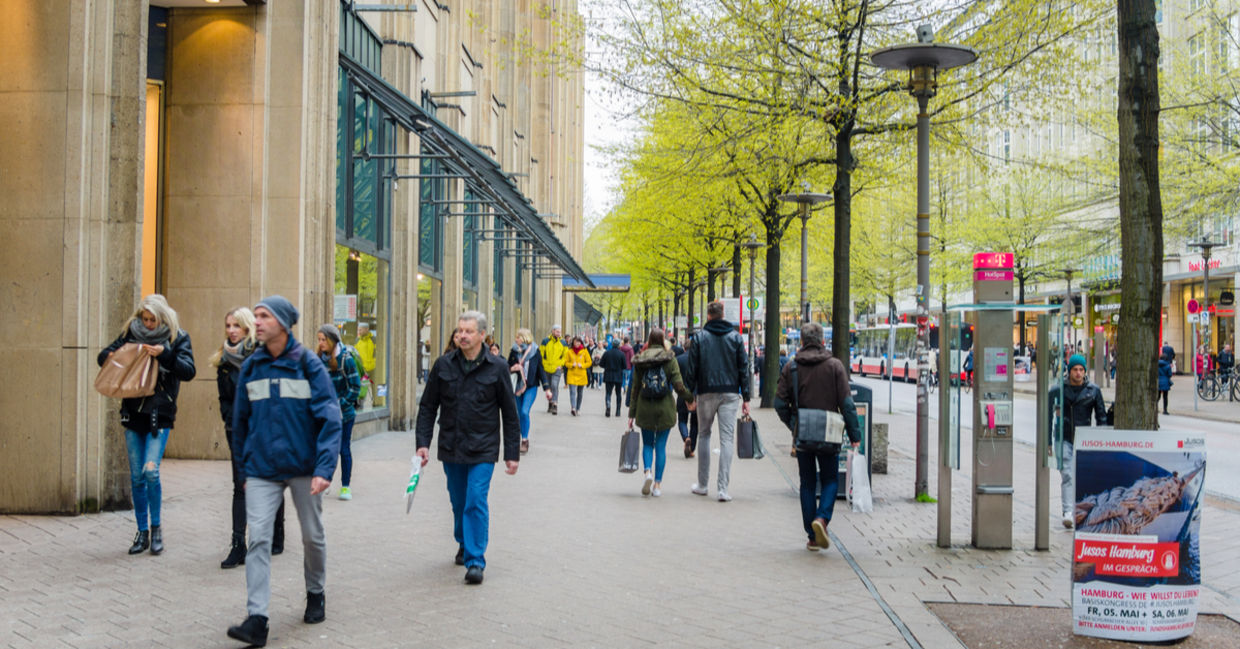
(Albert Pego / Shutterstock.com)
Cities should be filled with people walking, bicycle riding and enjoying being outdoors free of blaring car horns or fear of being run down by motorbikes or cars. The quality of life in city centers would be so much better if they were car-free.
Some city centers lend themselves naturally to be car-free like Venice, Italy where the main form of transportation is the water buses that travel the city's canals or medieval towns where the streets are too narrow for cars.
Other cities have been going car-free in city centers, or on alternate days, or just taking it slow by reducing cars in increments. Cities that are going car-free are reducing their carbon footprint, improving air quality and the health of the people who live and work in them.
There doesn't seem to be any downside as long as there is a corresponding increase in public transportation and bicycle paths. Here is what nine European cities are doing to reduce the number of cars in their centers.
1. Madrid, Spain
Madrid, Spain’s capital, banned all non-resident cars from driving anywhere in the city center. It started slowly but will be fully operational in February 2019, according to El Diario. Only vehicles that belong to residents, zero emissions delivery vehicles, taxis, and public transportation will be allowed.
The city set up its first pedestrian-only zone in 2005 in the Las Letras neighborhood and has been steadily moving forward. Madrid plans to ban cars entirely from 500 acres in its city center by 2020 and is redesigning 24 of its city center streets for easy walking.
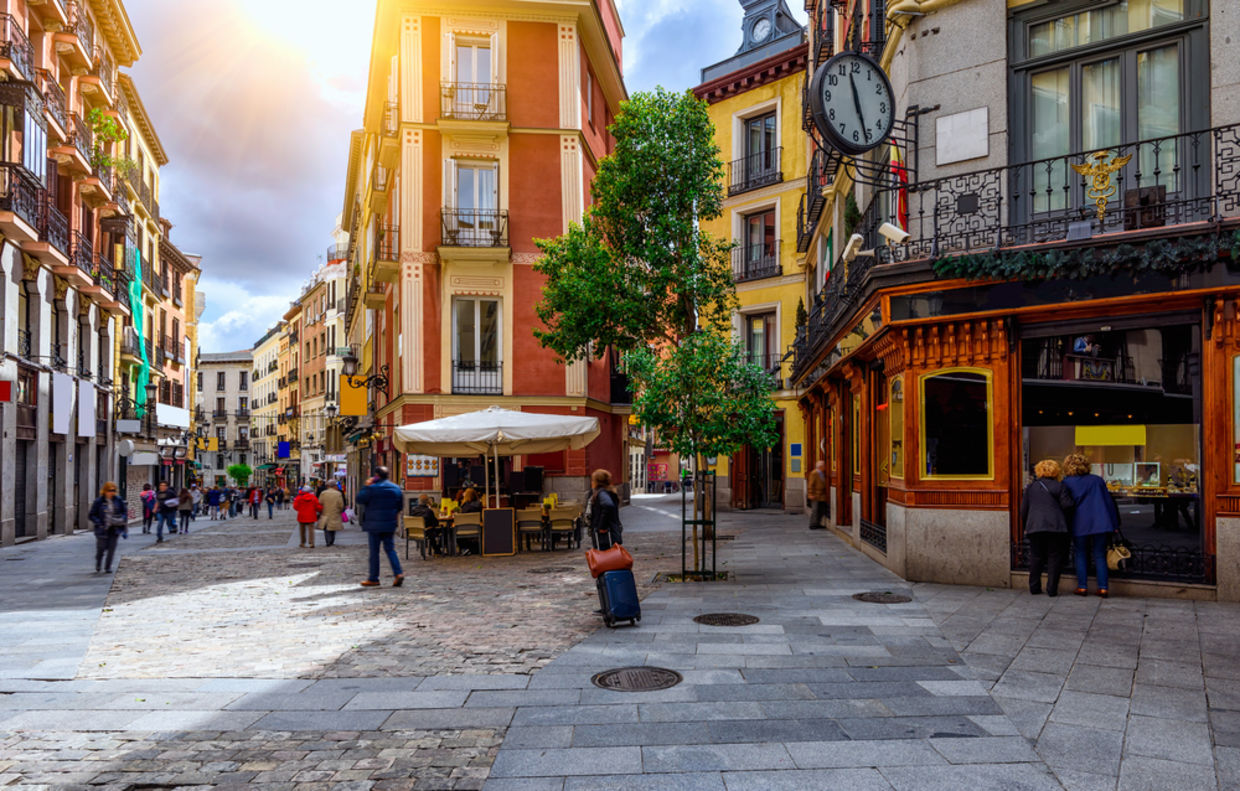
(Catarina Belova / Shutterstock.com)
2. Copenhagen, Denmark
Copenhagen is home to the largest car-free zone in Europe. Beginning in the 1960s, Denmark’s capital pioneered pedestrian-only zones and the city now has more than 321 kilometers of bike routes. Over half of the people in Copenhagen ride bicycles to work by design.
Denmark is planning on building a superhighway of 28 routes for bikes that will connect the city to its surrounding suburban areas. The first of the routes opened in 2014. Copenhagen has pledged to be completely carbon neutral by 2015 and reducing cars is the way to go.
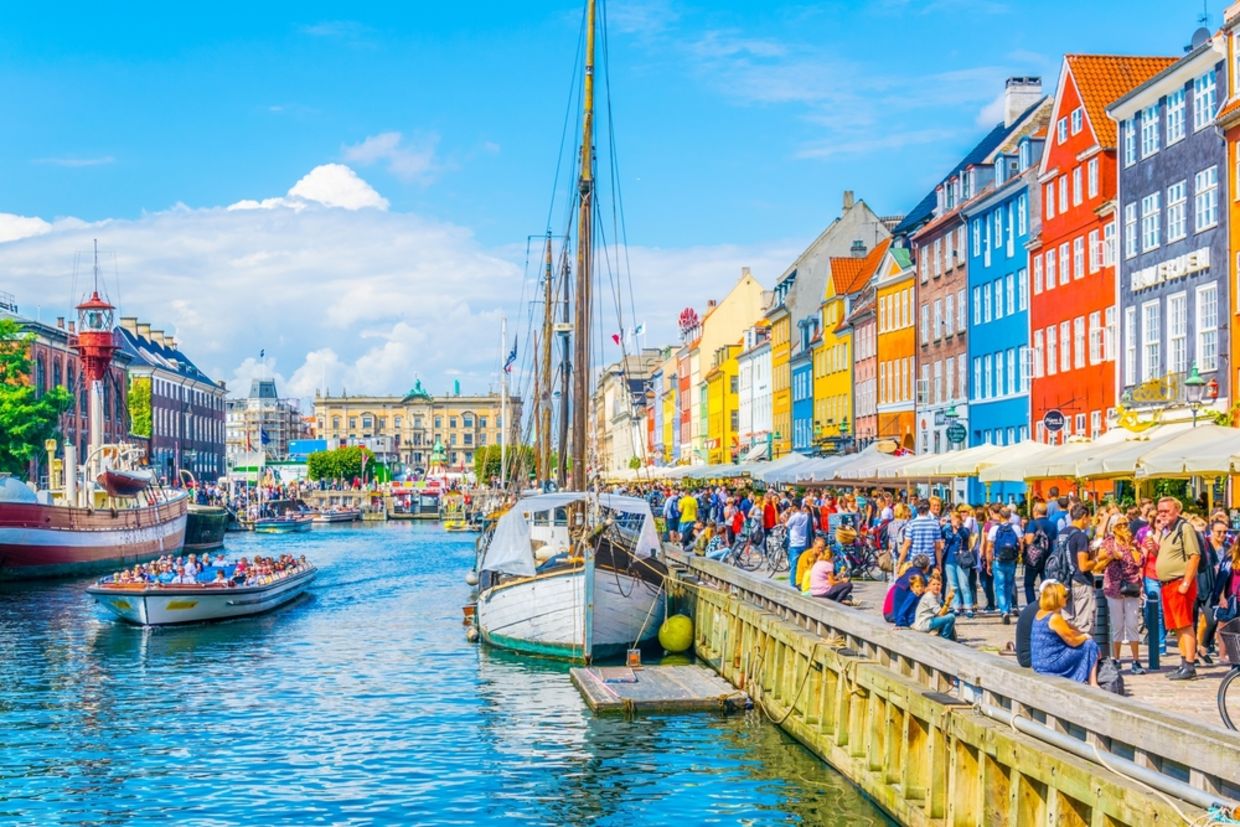
(trabantos / Shutterstock.com)
3. Brussels, Belgium
Brussels, Belgium’s capital, has always had pedestrian-only streets surrounding its city square, stock exchange, and Rue Neuve (shopping street) making it the second largest car-free zone in Europe and the city is planning on expanding the area. In 2002, Brussels launched its first mobility week to encourage using public transportation and one day every September, all private vehicles are banned altogether.
Other measures include the ban on diesel cars made before 1998 that was implemented in January 2018 and the city will be making public transportation free on high smog days. The end goal is not to make Brussels completely car-free but to make the quality of life significantly better for the people who live there.
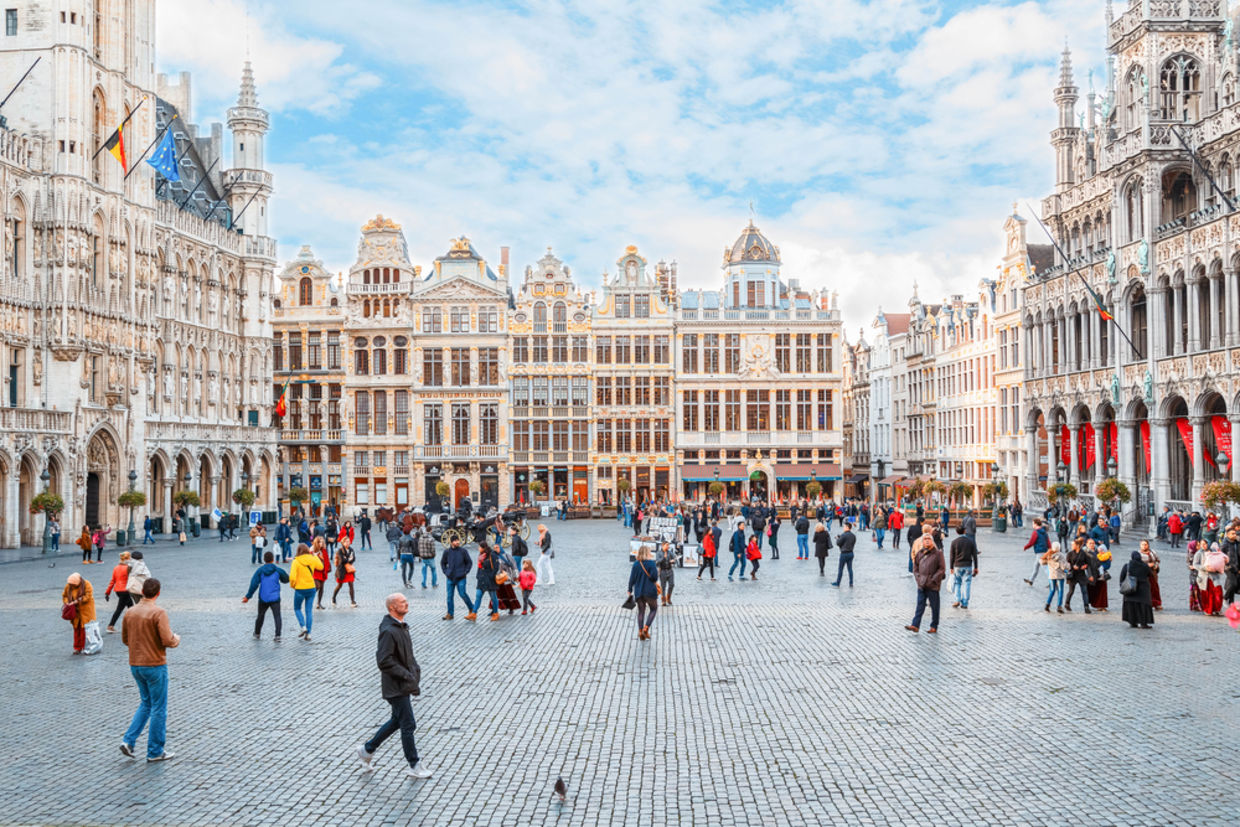
(Koverninska Olga / Shutterstock.com)
4. Oslo, Norway
Oslo will completely ban cars from its city center by 2019. This is six years before Norway is implementing a country-wide ban. The capital city is investing in improving public transportation and more than 56 kilometers of roads will be replaced by bike lanes. Oslo will become substantially greener and healthier.
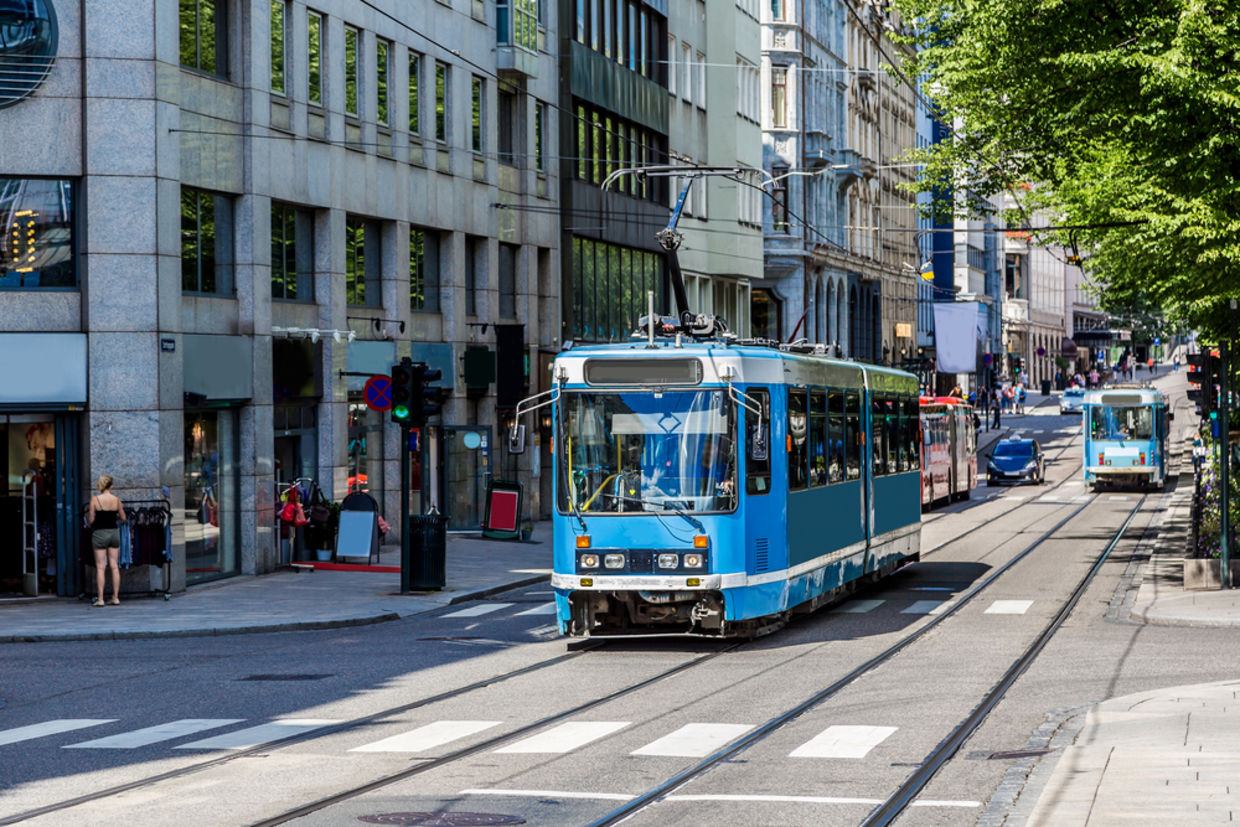
(S-F / Shutterstock.com)
5. Amsterdam, The Netherlands
Since July 2018, most of the major connecting roads between the eastern and western parts of the Dutch capital city's center do not allow motor vehicles so traffic patterns were changed to make motor vehicles go around the city. There is now an uninterrupted walking route from Central Station to Dam Square and there is a bike lane for cyclists.
There is a new metro line running south to north and people are clamoring for an east-west line too. Tiptoeing through the tulips will become much easier in Amsterdam.
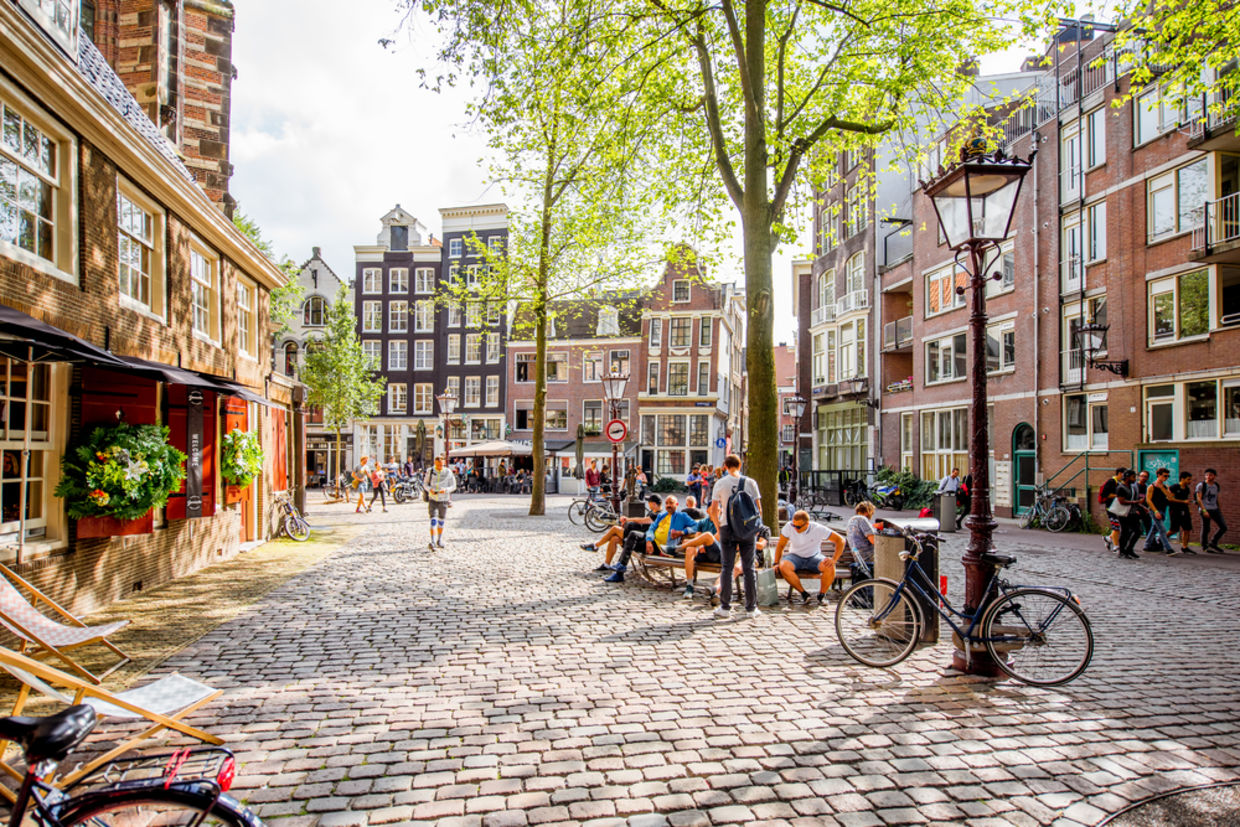
(RossHelen / Shutterstock.com)
6. Hamburg, Germany
The German city is planning on making walking and biking the dominant form of transportation by reducing the number of cars allowed in specific areas of the city by 2035. The project calls for a Grünes Netz - a green network - of places that people can access without cars that will encompass 40 percent of Hamburg. The green network will include parks, playgrounds, sports fields, and cemeteries and will greatly enhance the quality of life for the city dwellers.
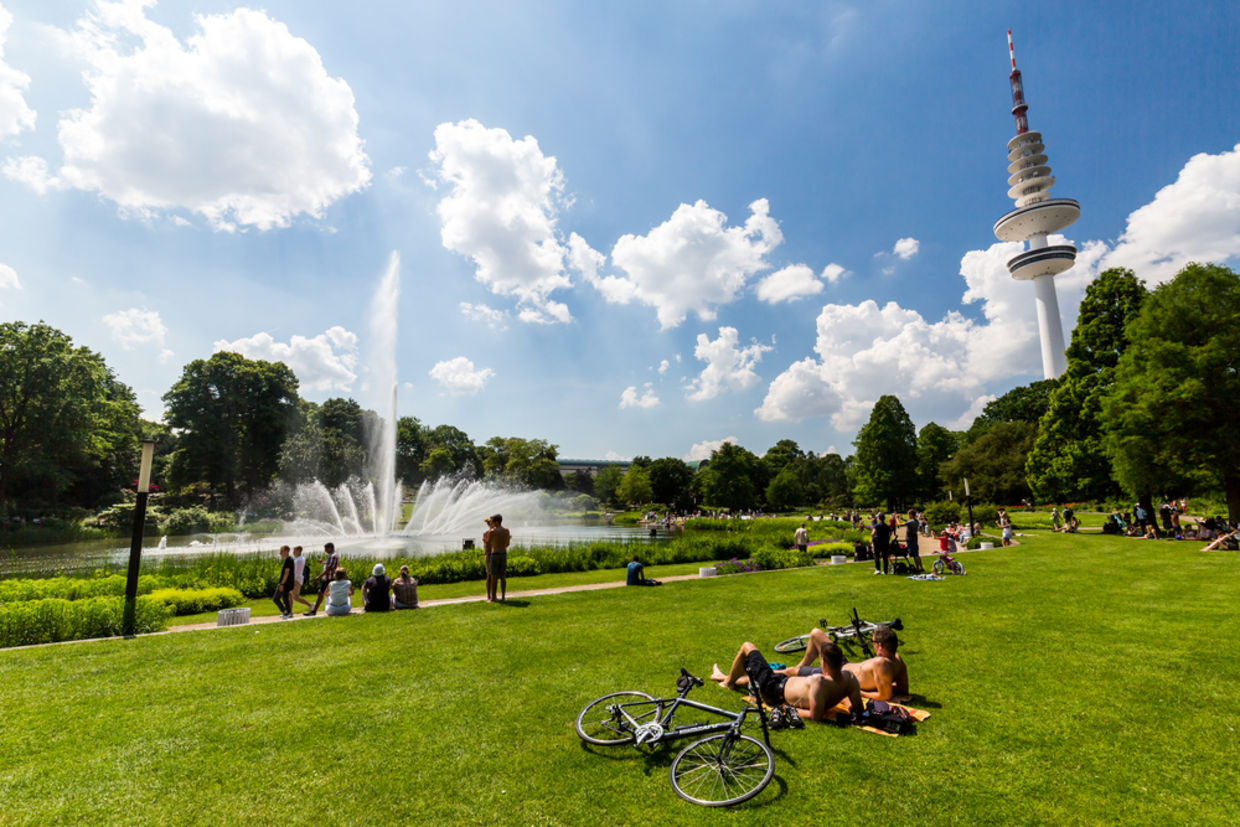
View of the Planten un Blomen Park near the Parksee on June 5, 2016 (Oscity / Shutterstock.com)
7. Milan, Italy
This Italian city that has the worst traffic congestion of any city in Europe, is paying its residents to take public transportation and leave their cars at home. For every day that drivers leave their cars parked at home during working hours, they will receive a 1.50 Euro voucher good for the use of public transportation. The city has buses, subways, trams, and trolleys to choose from so it pays to leave the driving to them.
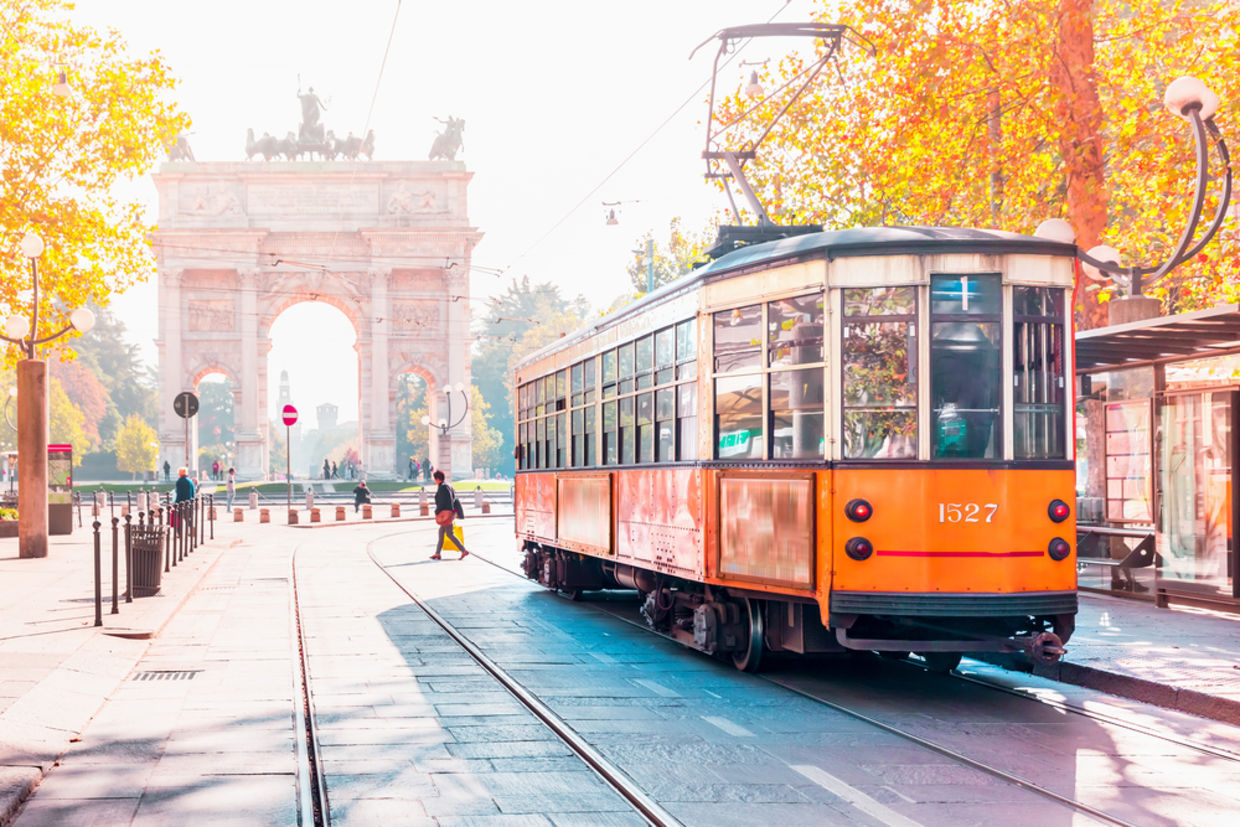
(kavalenkava / Shutterstock.com)
8. Barcelona, Spain
Beginning in early 2019, cars built before 1997 and commercial trucks and vans before 1994 will not be allowed to drive in the Spanish city on weekdays. The ban on older cars will cover most of Barcelona's city area and will soon be introduced across a 40-municipality region that will make it the most comprehensive ban on older vehicles in any European city.
To make this easier on the poor, anyone giving up an older and more polluting vehicle will be eligible for a three-year-pass for public transportation. Barcelona is considering a new fuel tax to fund public transportation and a congestion charge zone.

Hundreds of tourists from all over the world visit and stroll the streets of Barcelona. (Ecuadorpostales / Shutterstock.com)
9. Paris, France
In 2017, the French capital announced that it would ban diesel cars by 2024. Cars that run on gas are expected to be phased out by 2030. There is already an older car ban from the city center for working hours on weekdays. "If you live in Paris and get rid of your car, you can claim benefits of around $700 to buy a bike, sign up for a car-sharing service, or buy a public transit pass. If you own a small business, you can get around $10,000 from the city to buy an electric truck or bus," according to Fast Company.
Major intersections have been redesigned to prioritize pedestrians and have added hundreds of kilometers of bike lanes and the city has pledged to cut car traffic in half by 2010. Springtime in Paris will be even more romantic without the noise and smog.
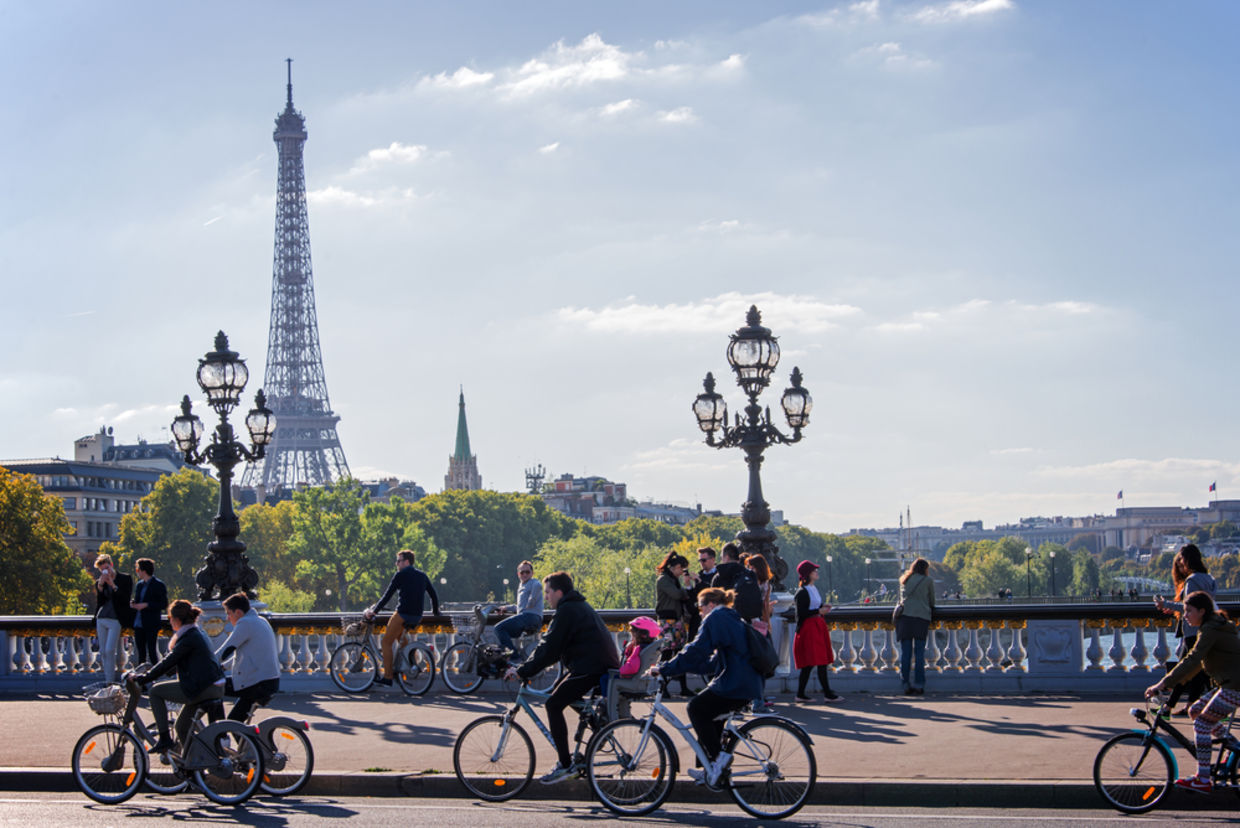
People on bicycles and pedestrians enjoying a car-free day on Alexandre III bridge on September 27, 2015 in Paris, France (Delpixel / Shutterstock.com)







